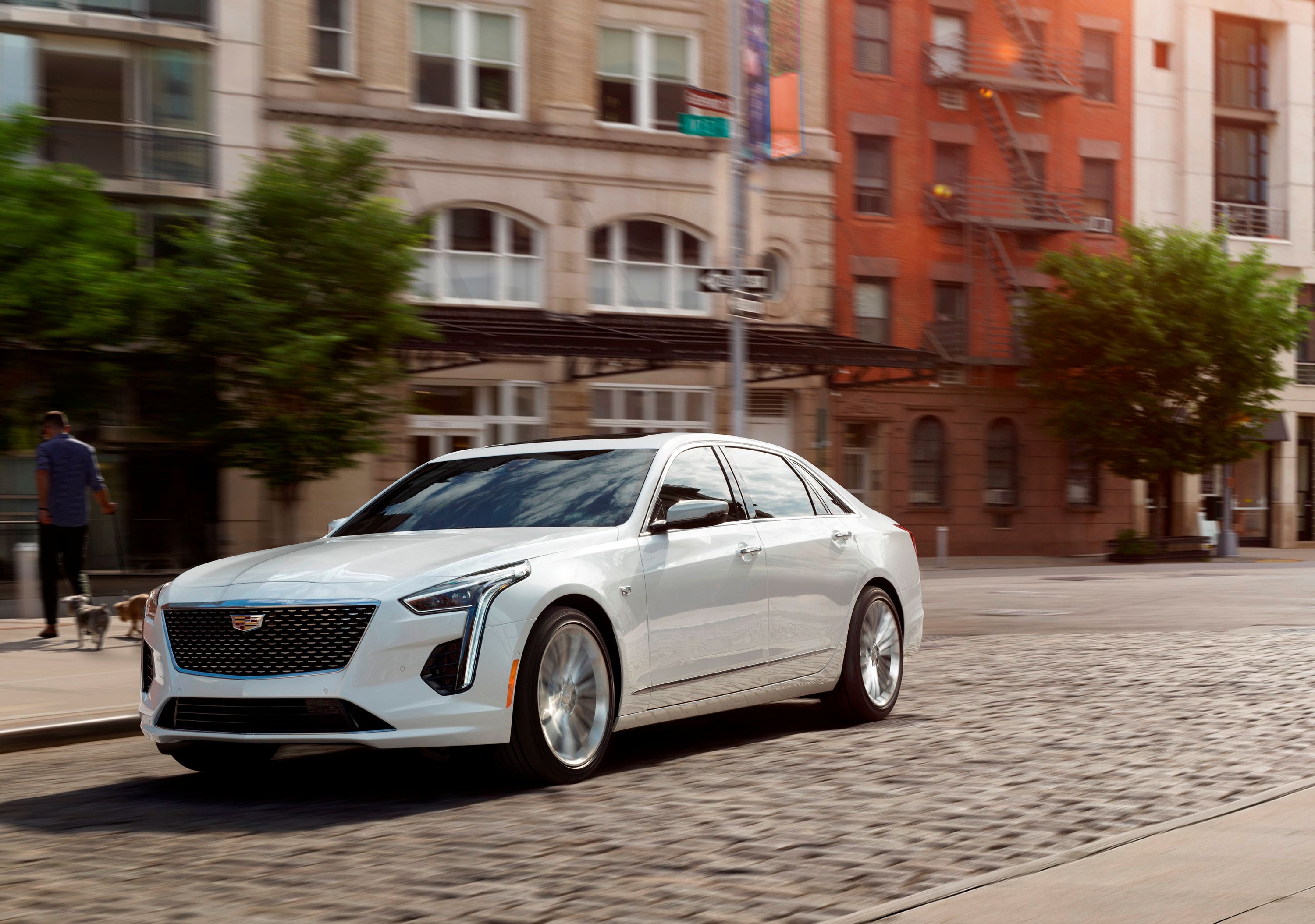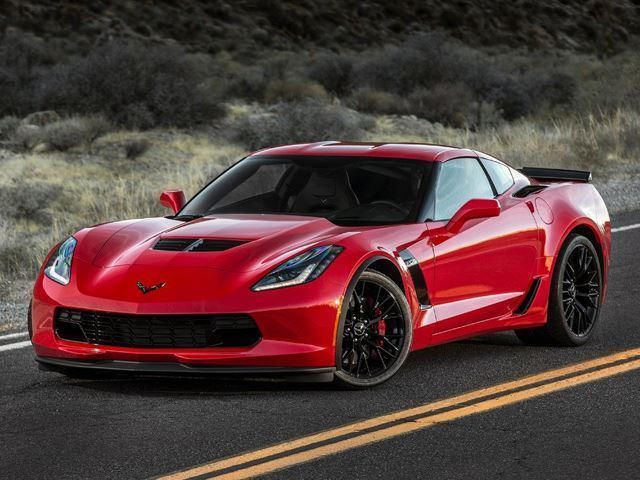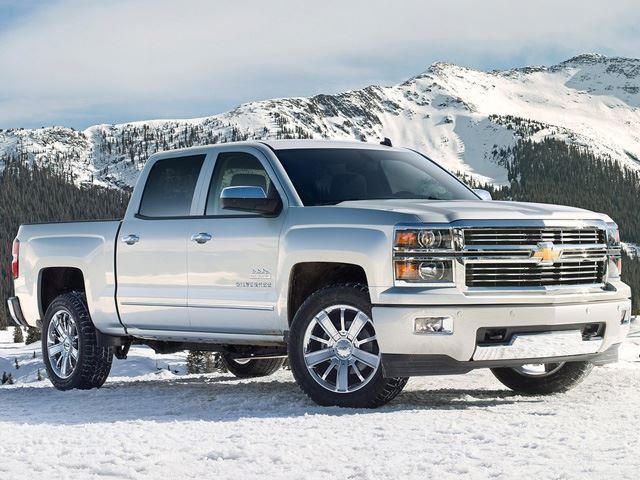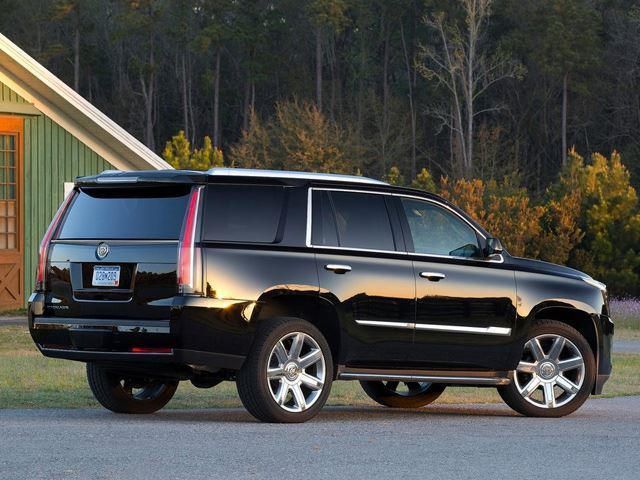Trickle-down economics doesn't always work in our capitalistic world, but the model works for automotive technology. Not long ago weight-saving design wasn't too prevalent in the passenger car segment, but the need for better fuel economy has pushed companies like GM to invest big bucks where it counts most: the number on the scale. Here are a few ways that GM is using supercar technology to make its cars safe, comfortable, and compliant with fuel economy laws.
According to GM executive director Charlie Klein, seven new GM cars will come with weight savings in excess of 350 pounds over past models, a number that any automaker could and should brag about. To do this, the brainiac engineers at GM place the workload of calculating trivialities of different chassis setups into a Computer Aided Engineering program (CAE). The computer's ability to quickly sort through many different chassis options is used to figure out which design hits the sweet spot of high structural rigidity and lightness. The program takes many variables into account, including load paths, structural stiffness, crash performance, aerodynamic efficiency, and curb weight in order to build the optimal modern car.
When the newest generation of the Ford F-150 debuted in 2015, the big news was that the truck was now made out of recycled beer cans, which helped it achieve a weight savings of 700 pounds over the 2014 model. Aluminum construction isn't anything new in the auto industry, but previously it was only used on low-volume supercars that commanded a premium for the material. The main reason for the additional cost is that aluminum is hard to work with and shape correctly, which means new construction methods were needed to streamline the process. We can expect to see this on new GM vehicles soon. Magnesium and plastic are also used in locations previously inhabited by steel, all of which makes for a lighter and stiffer car.
One of the downsides to using lighter materials is that the lessened density means less rigidity in most cases. In order to keep a car strong and light, it becomes necessary to layer the materials properly, meaning that high-strength steel gets used in areas that experience the highest levels of stress while the lighter and more bendable metals are used on crumple zones and non-structural areas. Exchanging one metal for another on a pillar could mean different driving dynamics, stiffness characteristics, and safety performance. That's why engineers must use the help of computer-aided engineering programs to pick and chose which material best suits a certain component and examine how it interacts with other materials.
The complication with mixing multiple different types of materials is that joining them becomes an issue. It's easy to weld together two pieces of the same type of metal because the elements have the same melting point and predictable characteristics. However, welding two different types of metal together becomes a huge challenge. For example, aluminum and steel have melting points with around a 1,600 degree Fahrenheit difference. To mix the two properly, engineers have to identify parameters that would allow for a proper weld. Welding also comes into play with spot-welding techniques. This allows for two metals to be joined on a single spot that would usually require heavy rivets to help hold things in place.
Using the every gram matters philosophy, weight savings becomes an obsessive pursuit because it means that every gram of mass on the car must have a valid reason for having real estate on the body. When there is an unnecessary piece of mass, it is simply cut out. This means that metal panels have countless holes punched through them to shave grams off that don't contribute to structural rigidity. In a time where customers demand more luxurious interiors but lighter cars, the unseen parts of the car bear the brunt of the weight savings by getting the Swiss cheese treatment. It may be disconcerting to know this, but until carbon fiber becomes cheaper, GM will need to continue to pull off these weight savings tactics to please everyone.





